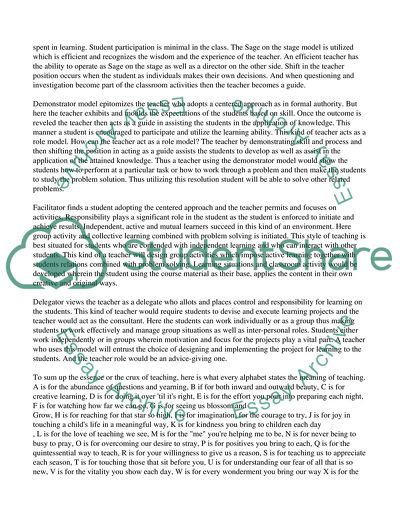Cite this document
(“Learning Styles Term Paper Example | Topics and Well Written Essays - 750 words”, n.d.)
Learning Styles Term Paper Example | Topics and Well Written Essays - 750 words. Retrieved from https://studentshare.org/education/1544931-learning-styles-education
Learning Styles Term Paper Example | Topics and Well Written Essays - 750 words. Retrieved from https://studentshare.org/education/1544931-learning-styles-education
(Learning Styles Term Paper Example | Topics and Well Written Essays - 750 Words)
Learning Styles Term Paper Example | Topics and Well Written Essays - 750 Words. https://studentshare.org/education/1544931-learning-styles-education.
Learning Styles Term Paper Example | Topics and Well Written Essays - 750 Words. https://studentshare.org/education/1544931-learning-styles-education.
“Learning Styles Term Paper Example | Topics and Well Written Essays - 750 Words”, n.d. https://studentshare.org/education/1544931-learning-styles-education.


